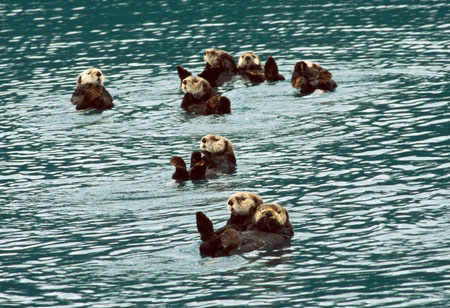Photographing animals in the wild is first and foremost about getting into a suitable position close enough to more or less fill the frame. A telephoto lens with a focal length of at least 300mm is essential. Lenses having longer focal lengths, such as 400mm, 600mm and 800mm, are an advantage provided they can be transported reasonably conveniently. Teleconverters, optical accessories that increase the focal length of a lens, save money and weight but have disadvantages. Exposure must be increased by about two stops to compensate for loss of light and, some loss of image quality is inevitable.
 The best place in the world to photograph wild animals is arguably on the Serengeti Plain in East Africa. Not only are there huge numbers of animals but also the open landscape makes it relatively easy to find them. Numerous other areas of eastern and southern Africa, such as the Okavango Delta and the Kruger National Park, also offer wonderful opportunities. Asian wildlife is generally less plentiful and more elusive. The sea otters on the right were photographed in Alaska, another wonderful location for seeing wildlife.
The best place in the world to photograph wild animals is arguably on the Serengeti Plain in East Africa. Not only are there huge numbers of animals but also the open landscape makes it relatively easy to find them. Numerous other areas of eastern and southern Africa, such as the Okavango Delta and the Kruger National Park, also offer wonderful opportunities. Asian wildlife is generally less plentiful and more elusive. The sea otters on the right were photographed in Alaska, another wonderful location for seeing wildlife.
Wild animals tend to be most active, and hence visible, early in the morning and late in the afternoon. These are the cooler periods when they hunt and feed. If you are working from a vehicle, as most people do, try to position it so the animal is seen in side lighting or front lighting. Approach close enough to half fill the frame, but don’t venture so close that the animal is frightened or you are put in danger. Local rangers are worth hiring. They know where animals are to be found and how closely they can safely be approached. Once in position, turn off the vehicle’s engine to eliminate vibration and rest your lens on a bean bag positioned on a convenient window ledge.






